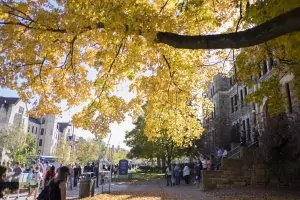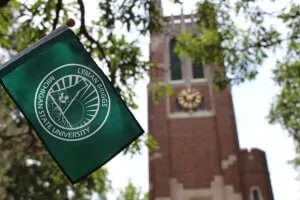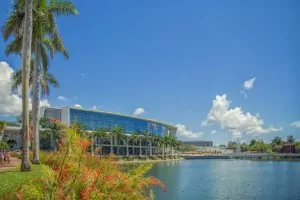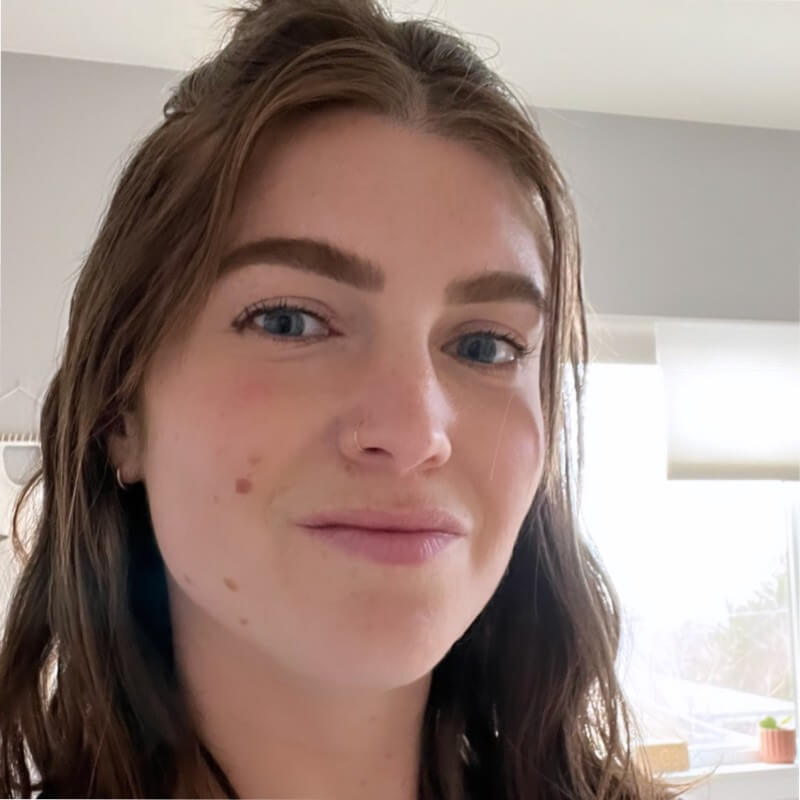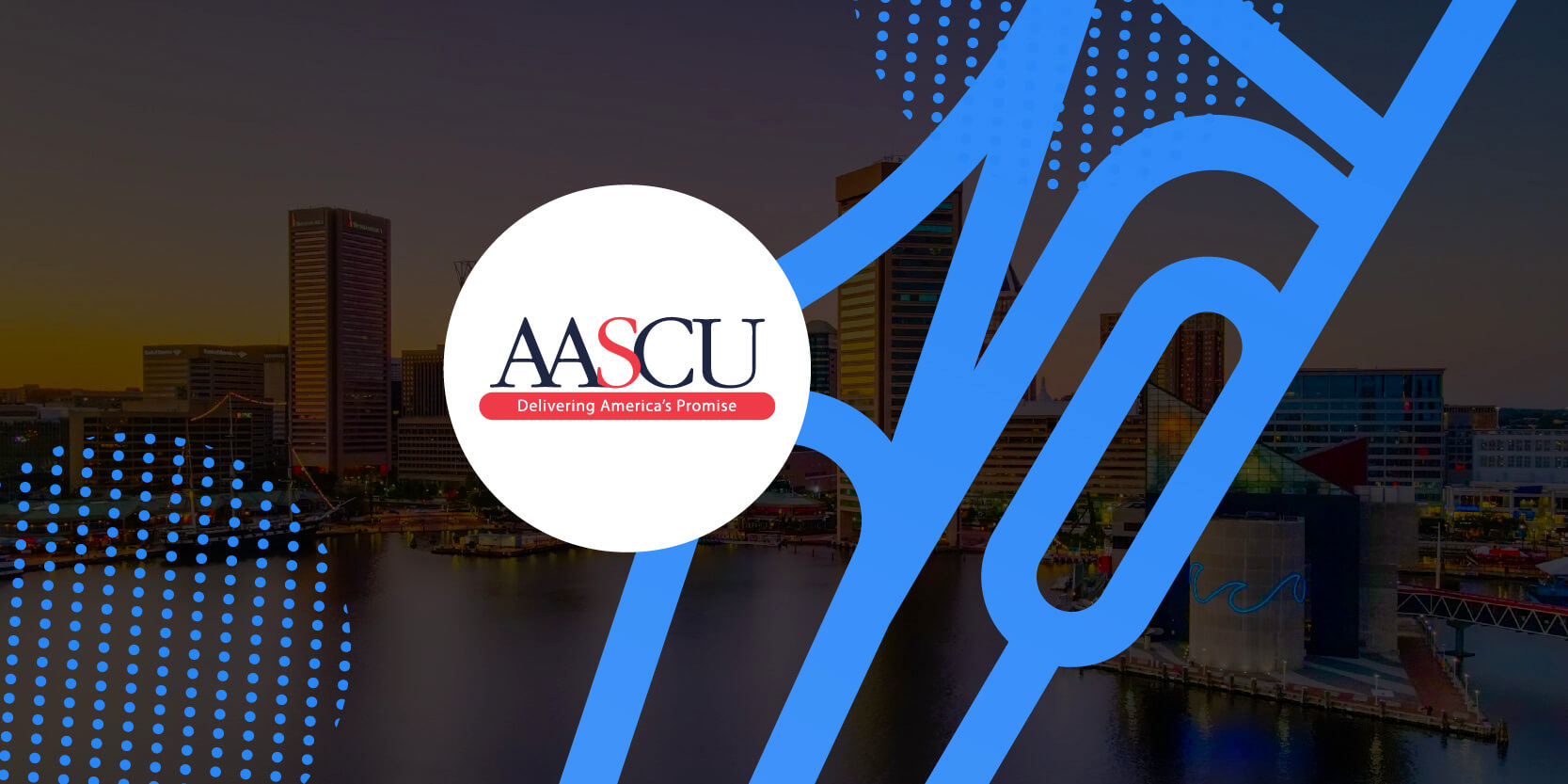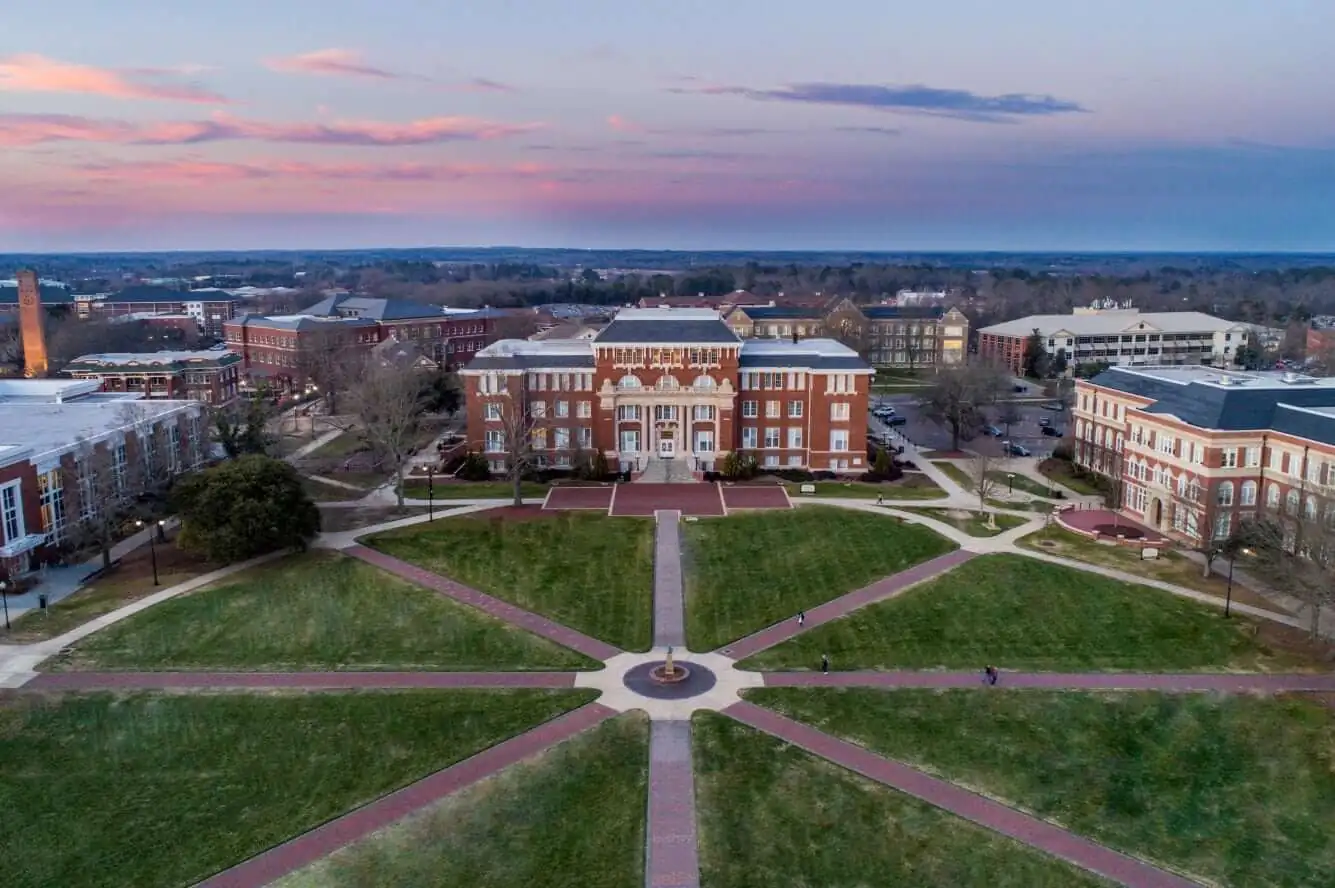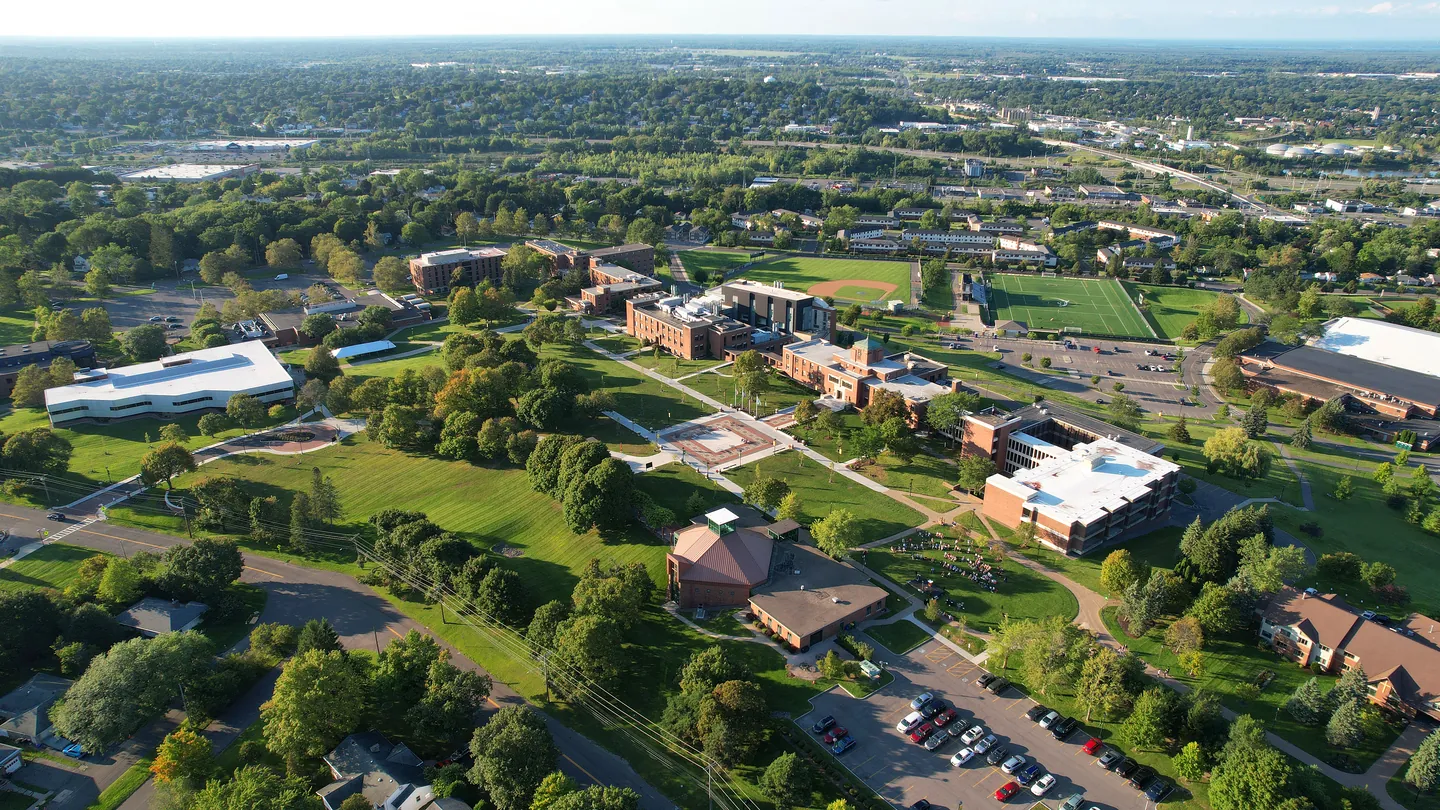Tips from an Experiential Learning (EL) Leader
Building Relationships
The most important component of building out EL on campus is to build relationships between departments and staff according to Dr. Jared Moffett. Creating a system for training, tracking, and reporting EL must happen cross-departmentally so all perspectives and considerations are taken into account.
Inventorying Existing EL Opportunities
By gathering together university stakeholders, Bowie State University can inventory existing EL opportunities such as internships, project-based learning, undergraduate research, and more. This helps them better assess what is missing, which students are participating, and what next steps should be taken to make EL accessible to all students.
Bringing Together EL Perspectives
Moffett and his team are developing a website for EL that outlines the different types of opportunities available, how to participate, and what students will get out of them. They’re also promoting pedagogical and collaboration resources for faculty, staff, and community partners.
Moffett’s task force partners closely with EL by PeopleGrove to keep their EL framework accountable. Their job is to assess, track, and report on all EL opportunities at Bowie State University and how they impact student retention and engagement, graduation rate, career preparedness, and career success.
Bowie State University also emphasizes the importance of their EL certification process as a way to build capacity like minded institutions through training and professional development sessions.
Creating a Roadmap
Sharing EL programs with students requires a great deal of marketing and promotional tactics. Moffett and his task force relied on a lot of research to create resources for students, faculty, and staff to understand the different types of EL, and how to plan and promote these opportunities to increase participation rates across campus.
Moffett and his team also developed a website for EL at Bowie State University that outlines the different types of opportunities available, how to participate, and what students will get out of them.
Closing the Articulation Gap
Most importantly, Moffett talked about “The Articulation Gap:” the theory that many students who do participate in EL don’t know how to translate their experiences into their career journey.
The purpose of EL is not just to participate in and learn from an opportunity, but also to draw concrete conclusions about what has been learned during an experience to put that into practice now and in the future. This creates an “active process” where students can better understand how they learn best. Reporting EL opportunities is crucial to the success of a student – boosting students’ participation in internships and undergraduate research is one thing, but students benefit more if they’re able to transcribe their experiences to help land jobs.
By connecting together two parts of EL – participating and communicating – students can apply and connect theoretical knowledge with real life. When successful, EL can make lifelong impacts that effectively tell their story.
PeopleGrove works with higher ed institutions, helping them scale experiential learning. Request a demo to learn more.
